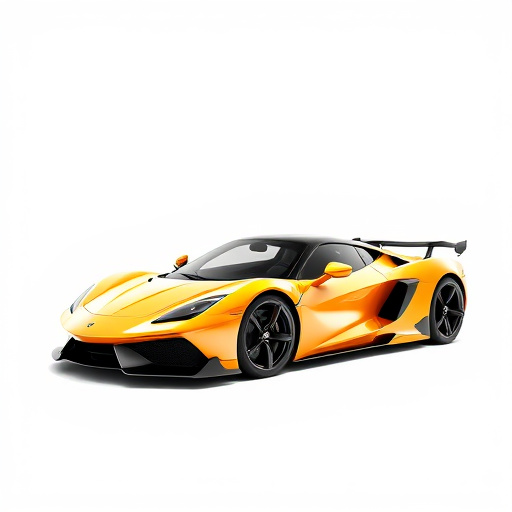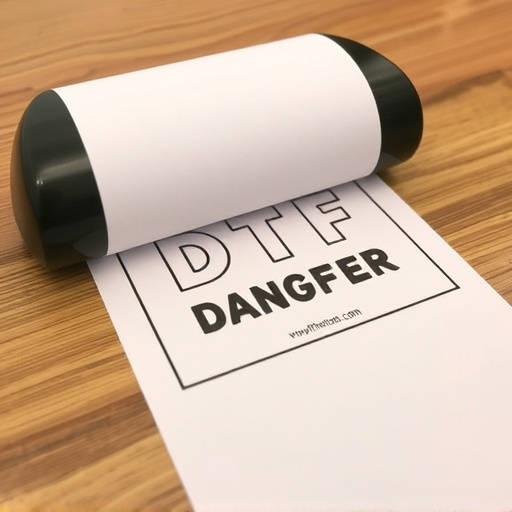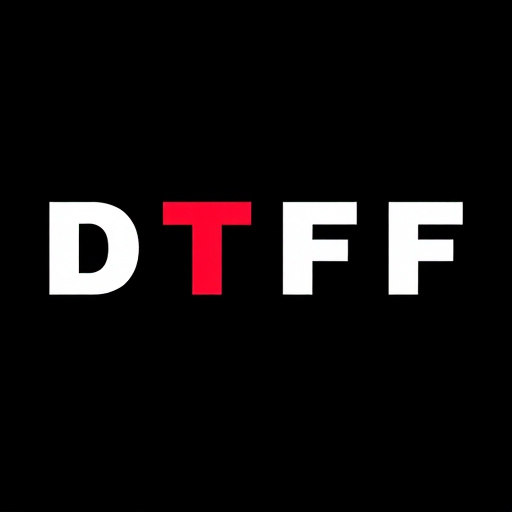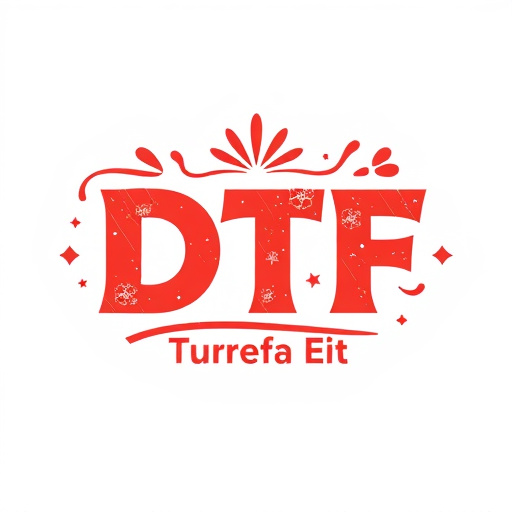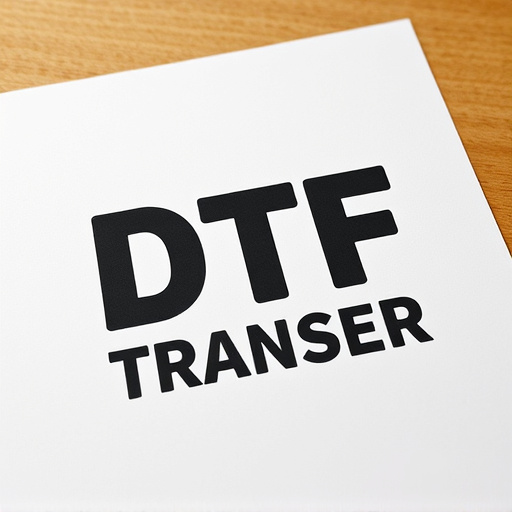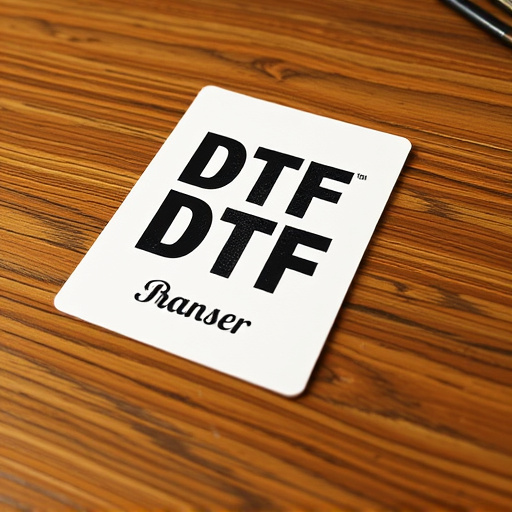Direct-to-film (DTF) transfers are transforming printing by enabling high-quality digital art and photo prints on various materials. With key dimensions like width, length, and thickness affecting print quality and versatility, users select DTFs tailored to their needs. Print size plays a crucial role in detail capture for DTFs, from small designs on phone cases to large banners. Material choices ensure superior resolution, color accuracy, and easy application. The DTF process uses UV curable inks and laser etching for intricate patterns on fabrics, metals, and plastics. DTF prints offer diverse applications, enhancing product quality in textiles, large-format signage, and durable visual communication solutions.
Direct-to-film (DTF) transfers have revolutionized printing, offering unparalleled quality and versatility. This article delves into the nuanced world of DTF technology, focusing on categorization by dimensional measurements and exploring its various applications. We’ll uncover how print size, material choices, and advanced techniques contribute to exceptional DTF prints. By understanding these aspects, you’ll gain insights into achieving optimal results in DTF transfer processes, enhancing visual experiences across diverse industries.
- Understanding Direct-to-Film (DTF) Transfers: An Overview
- Categorizing DTF Transfers by Dimensional Measurements
- The Significance of Print Size in DTF Printing
- Material Considerations for Optimal DTF Prints
- Techniques and Technologies Behind DTF Transfer Processes
- Applications and Benefits of High-Quality DTF Prints
Understanding Direct-to-Film (DTF) Transfers: An Overview
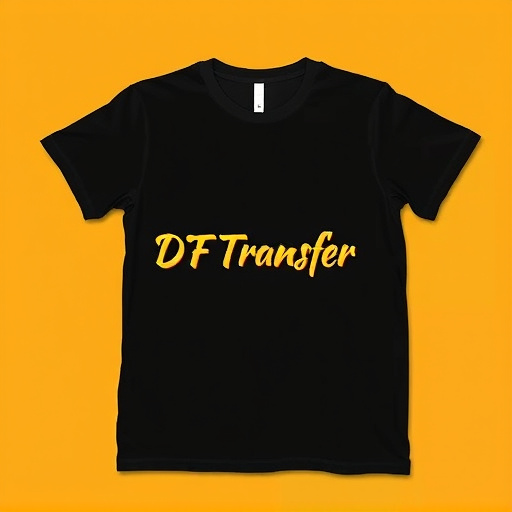
Direct-to-film (DTF) transfers are a cutting-edge process in the printing industry, offering unparalleled quality and efficiency for creating real-life replicas of art, photography, and design work. This innovative technique involves transferring digital images directly onto various film materials, serving as a bridge between the digital realm and traditional printing methods. DTF transfers have gained significant traction, especially with the rise of personalized merchandise, allowing individuals to bring their creative visions to life.
The process begins by converting digital art or photos into a format suitable for printing. This data is then precisely applied to a film medium, typically using specialized equipment that ensures accurate color reproduction and sharp details. The result is a DTF print that closely mimics the original digital artwork, suitable for applications ranging from custom t-shirts and posters to art exhibitions and architectural models. By combining the advantages of digital creation with traditional printing techniques, DTF transfers offer a versatile and accessible way to create high-quality, realistic prints.
Categorizing DTF Transfers by Dimensional Measurements

Direct-to-film (DTF) transfers are often categorized based on their dimensional measurements, which play a crucial role in determining the quality and application of the final prints. These measurements include width, length, and thickness, allowing for precise sorting and selection of DTF transfer materials. For instance, wider DTF transfers might be suitable for larger graphics or signage, while narrower ones could accommodate more detailed and intricate designs.
Similarly, the length of the transfer can vary, catering to different print requirements. Longer DTF prints may be necessary for continuous images or patterns, whereas shorter lengths are better suited for single, standalone graphics. Thickness also varies, with thinner transfers offering more flexibility in application and potentially allowing for smoother, more detailed prints. This categorization by dimensional measurements ensures that users can choose the most appropriate DTF transfer for their specific printing needs, whether for T-shirts, mugs, or other promotional items.
The Significance of Print Size in DTF Printing
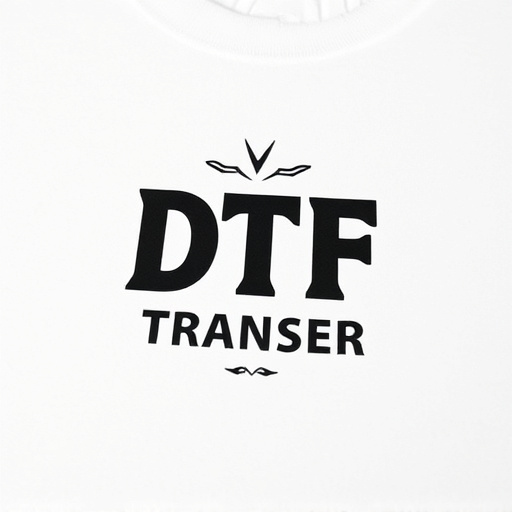
The significance of print size in Direct-to-Film (DTF) printing cannot be overstated. In DTF transfers, the physical dimensions of the print directly impact the quality and resolution of the final product. Larger prints allow for greater detail, making them ideal for intricate designs or high-resolution images. This is especially crucial in DTF Printing as it enables the capture of subtle nuances, colors, and textures, resulting in more vibrant and accurate reproductions.
Moreover, print size considerations are essential for practical reasons. Smaller prints might be suitable for specific applications like custom phone cases or small accessories, but larger DTF transfers cater to bigger items such as banners, signs, and even clothing. The versatility offered by different dimensional measurements ensures that DTF technology can adapt to a wide array of printing needs, making it a versatile choice for both professional designers and hobbyists alike.
Material Considerations for Optimal DTF Prints

When it comes to direct-to-film (DTF) transfers and prints, material considerations are paramount for achieving optimal results. The choice of film quality directly impacts the final DTF prints, affecting factors such as color accuracy, durability, and overall aesthetic appeal. High-quality films designed specifically for DTF printing offer superior resolution and opacity, ensuring vibrant and accurate color reproduction. These materials are often coated with lightweight, flexible backings that facilitate easy application and removal during the transfer process.
Additionally, the type of ink used in DTF printing plays a crucial role. Specialty inks formulated for direct-to-film applications provide exceptional adhesion to various surfaces while maintaining their vibrancy. Consideration should also be given to the substrate or material onto which the DTF transfer will be applied. Different materials require specific adhesive properties and compatibility with the chosen ink type to ensure long-lasting, high-quality prints. Proper material selection is key to producing exceptional DTF prints that meet both aesthetic and functional expectations.
Techniques and Technologies Behind DTF Transfer Processes

The Direct-to-Film (DTF) transfer process is a cutting-edge technique in the printing industry that facilitates the creation of high-quality, precise prints directly from digital art or design files. This method involves using specialized software to map and convert digital data into a format suitable for interaction with specific DTF printers. These printers employ advanced technologies such as UV curable inks and precision laser etching to reproduce intricate designs onto various media surfaces, including fabrics, metals, and plastics.
The process begins with the digital file being prepared and optimized for DTF printing. This preparation includes ensuring color accuracy, resolution, and compatibility with the chosen printer’s specifications. Once ready, the digital design is precisely transferred onto a film or plate using UV curable inks. The film acts as an intermediate carrier, allowing for precise registration and alignment during the transfer process. A key advantage of DTF technology lies in its ability to reproduce fine details, vibrant colors, and intricate patterns with exceptional accuracy, making it a preferred method for creating custom prints on demand.
Applications and Benefits of High-Quality DTF Prints
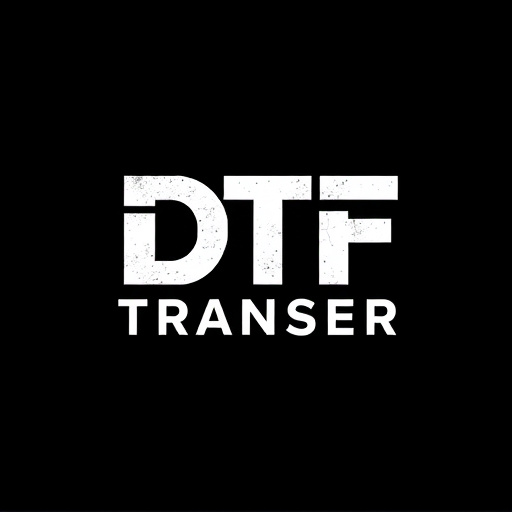
High-quality Direct-to-film (DTF) prints offer a range of applications and benefits across various industries. In textiles, for instance, DTF technology enables intricate and vibrant designs on fabrics, making it ideal for custom clothing, accessories, and home decor. The ability to reproduce detailed artwork and complex color gradients with exceptional precision enhances the overall visual appeal and quality of textile products.
Moreover, DTF printing excels in signage and display materials. It allows for large-format, high-resolution prints on materials like vinyl, polyester, and canvas, suitable for outdoor advertisements, event banners, trade show booths, and museum exhibits. The fast production time, versatility in substrate choices, and ability to create durable, long-lasting prints make DTF a preferred method for businesses seeking effective visual communication solutions.



